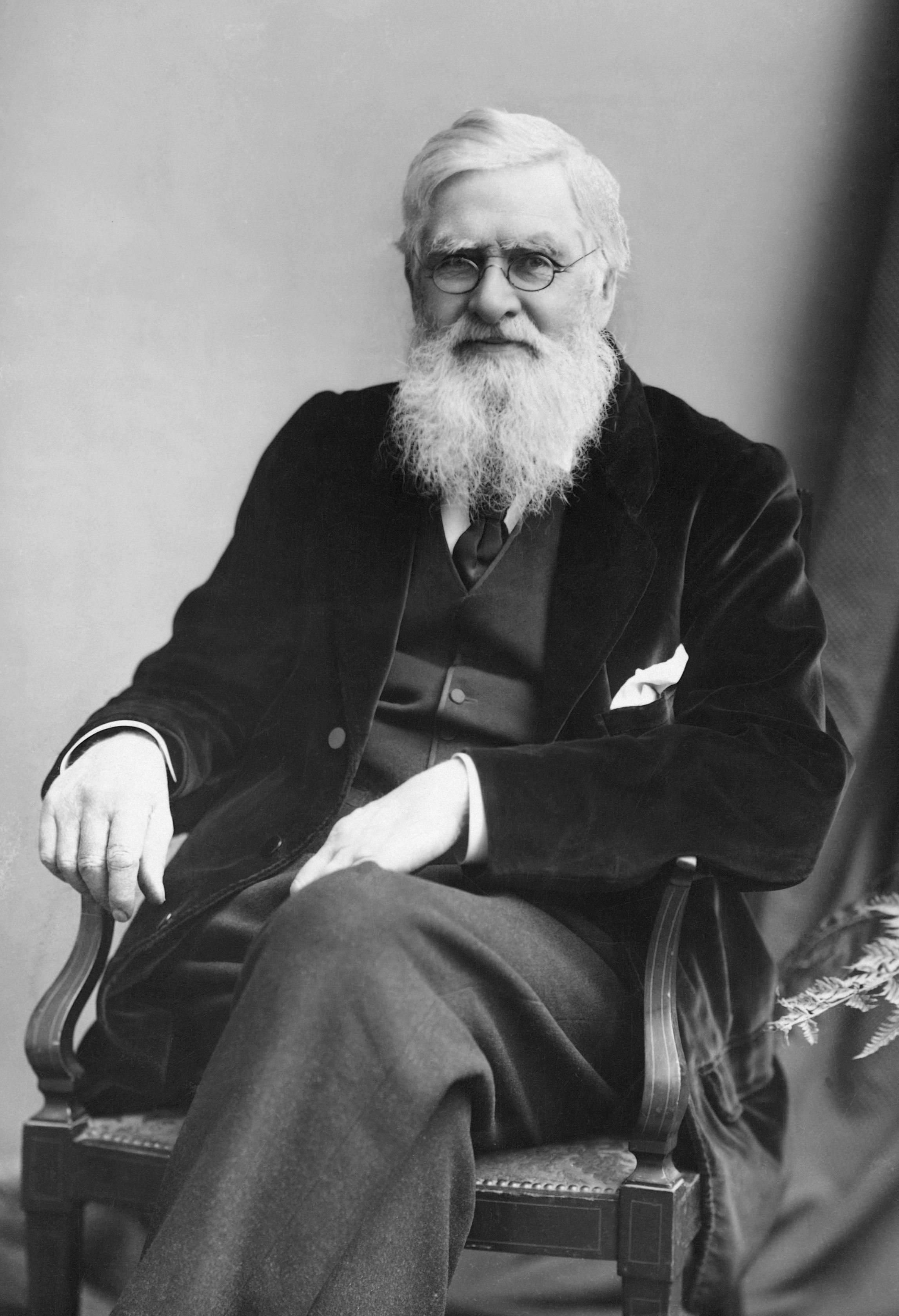The new Alfred Russel Wallace unit of measure
Posted by David Penney on
Alfred Russel Wallace (1823-1913), the nineteenth century British naturalist, has many claims to fame. To mention just two, he is often referred to as the the “father of biogeography” and came up with the idea of evolution through natural selection independently and concurrently with Charles Darwin (he co-authored the paper with Darwin in 1858).

Alfred Russel Wallace ca. 1895
Unfortunately, his great accomplishments are often overshadowed compared to Charles Darwin, though this has been rectified to some degree through numerous recent events and books to mark the centenary of his death in 2013.
Sculpture of Alfred Russel Wallace in the grounds of the Natural History Museum, London, unveiled on the 7th November 2013 - the 100th anniversary of Wallace's death.
Indeed, it is often commented that at the time of his death, he was probably the most famous and well-respected scientist in the world! Now, in a paper recently accepted in the journal Systematic Biology, a new unit of measurement has been defined and named in honour of Wallace! The term relates to the analysis of dispersal rate (D) and is measured in units of ‘wallaces‘ (wa), in recognition of his contributions to the field of biogeography.
This detail is a small part of a comprehensive paper that tests different hypotheses about how freshwater fish assemblages formed in Central America and the Greater Antilles (Cuba, Hispaniola, Puerto Rico, Jamaica, and the Cayman Islands). In this paper, dispersal rate is defined as “the number of biogeographic range expansion events per million years in taxa leaving descendants that persist” to the present day, where Dispersal refers to the colonization of new areas outside of an established species range.
Full reference
Tagliacollo, V. A., Duke-Sylvester, S. M., Matamoros, W. A., Chakrabarty, P., & Albert, J. S. (2015). Coordinated Dispersal and Pre-Isthmian Assembly of the Central American Ichthyofauna. Systematic Biology, in press.
If you are interested in learning more about the life and ideas of this remarkable man you can do so here (click the cover to go to the product page, where you can learn more about the content and see snippets of published reviews):
Share this post
- 0 comment
- Tags: New research, News
0 comment




